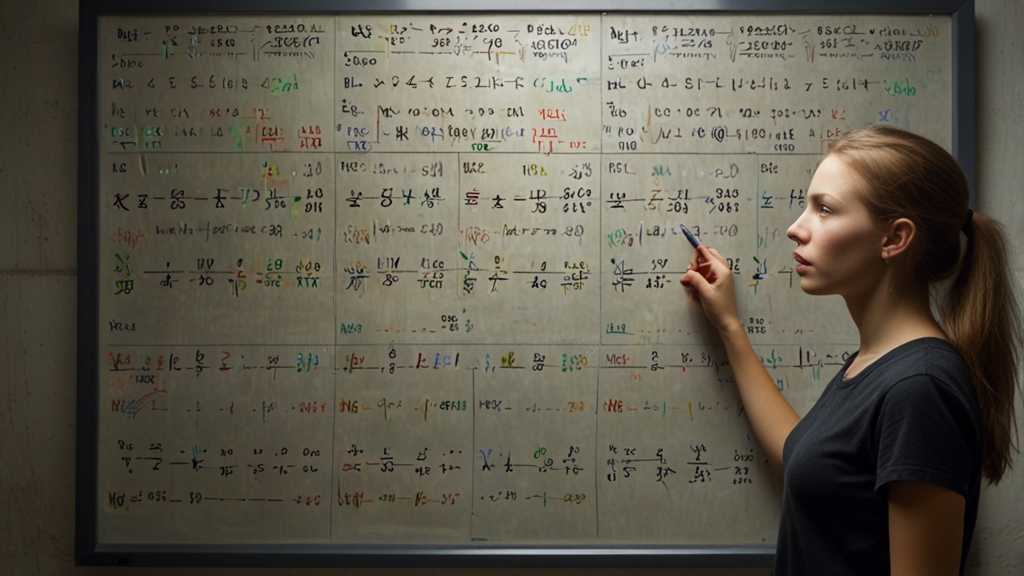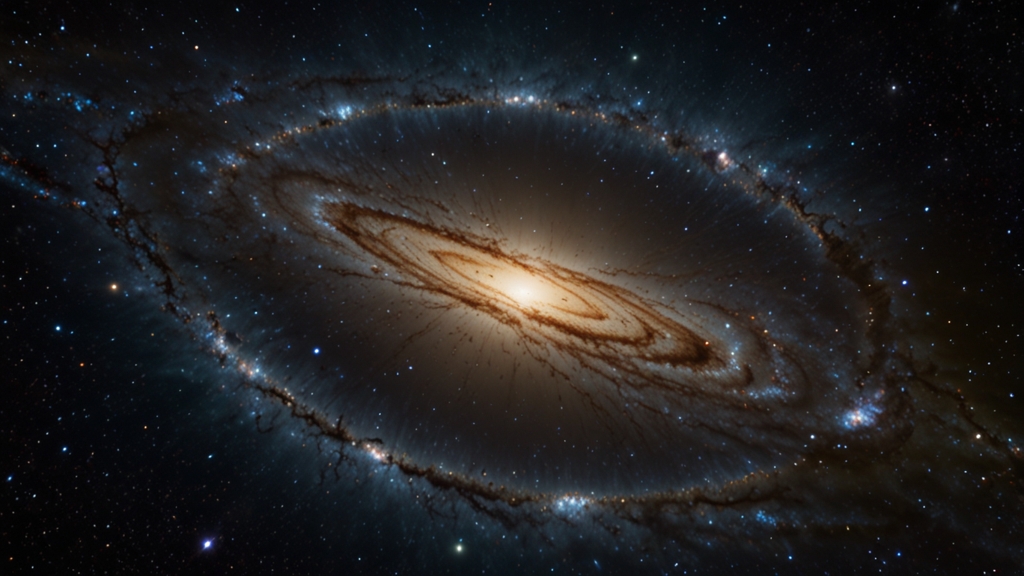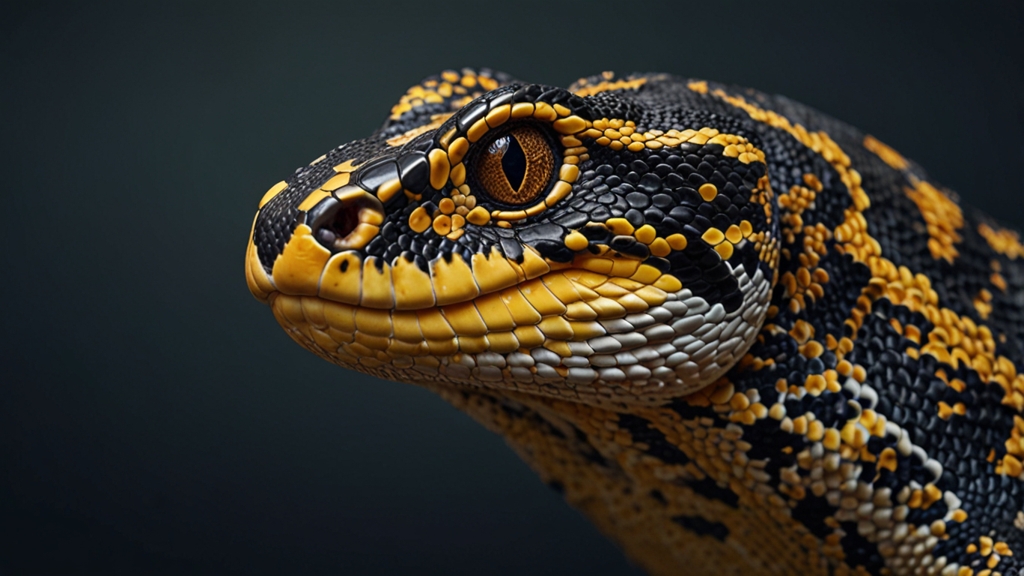The Enigmatic Creation Story Legends from Around the World
Creation myths, found in every corner of the globe, offer profound glimpses into the cultures and beliefs of ancient civilizations. Though unique in their narratives, these legends often exhibit common elements and motifs, suggesting universal human concerns and questions about our origins. In this article, we will explore some of the most fascinating and diverse creation stories from different cultures, highlighting the intriguing similarities and unique perspectives each tradition provides.
Mesopotamian Creation Myths: The Enuma Elish
The Enuma Elish is one of the oldest known creation myths, originating from the ancient Mesopotamian civilization. This epic poem tells the story of how the god Marduk rose to power by defeating the primordial chaos embodied by Tiamat, a monstrous sea goddess. Marduk uses Tiamat's body to create the heavens and the earth, establishing order from chaos and setting the stage for the creation of humankind.
The gods then laboriously built the world as humans know it, creating rivers, mountains, and the sky from Tiamat’s body, while establishing the laws of nature and governance.
Ancient Egyptian Creation: The Heliopolitan Cosmogony
In ancient Egyptian mythology, multiple creation myths exist, but the Heliopolitan cosmogony is among the most prominent. According to this legend, the universe began in a state of watery chaos called Nun. From this primordial ocean emerged the sun god Atum, who created the first divine couple, Shu (air) and Tefnut (moisture). Their offspring, Geb (earth) and Nut (sky), in turn produced the gods Osiris, Isis, Set, and Nephthys, who played crucial roles in the mythological and religious landscape of ancient Egypt.
Australian Aboriginal Dreamtime
Dreamtime, or Altjeringa in many Aboriginal languages, is a foundational concept in Australian Aboriginal culture. According to these traditions, ancestral beings emerged from the earth and the sky, shaping the landscape, creating animals, plants, and establishing the laws of existence. Dreamtime stories are deeply tied to specific locations and natural features, with each community having its own unique versions that convey spiritual meanings and teach moral lessons.
These stories are not just tales but are lived beliefs that continue to guide the spiritual and cultural practices of contemporary Aboriginal peoples.
Chinese Creation Myth: Pangu and Nüwa
Chinese mythology offers multiple explanations for the origin of the world, but one of the most famous stories involves the giant Pangu. According to this myth, the world began as a cosmic egg that contained the chaotic forces of yin and yang. Pangu, a giant being, emerged from this egg and separated yin from yang, creating the earth and the sky. After 18,000 years, Pangu's body transformed into various elements of the natural world.
Another significant figure in Chinese creation mythology is Nüwa, said to have created humanity and repaired the sky. After a great calamity, Nüwa patched the sky with five colored stones and restored order, ensuring the continuation of life on earth.
Hawaiian Creation Myth: Kumulipo
The Hawaiian Kumulipo is a sacred chant that describes the creation of the universe and the genealogy of Hawaiian royalty. This chant begins in primordial darkness, with the gods creating various life forms, from sea creatures to land animals, before finally creating humans. The Kumulipo highlights the interconnectedness of all life and emphasizes the sacred responsibility of humans to care for the environment.
Conclusion
These creation legends from around the world, diverse in their storytelling yet surprisingly interconnected in their themes, reflect the profound human quest to understand the mysteries of existence. They offer not only an explanation of the world's origins but also a rich tapestry of cultural heritage and spiritual wisdom, passed down through generations.












